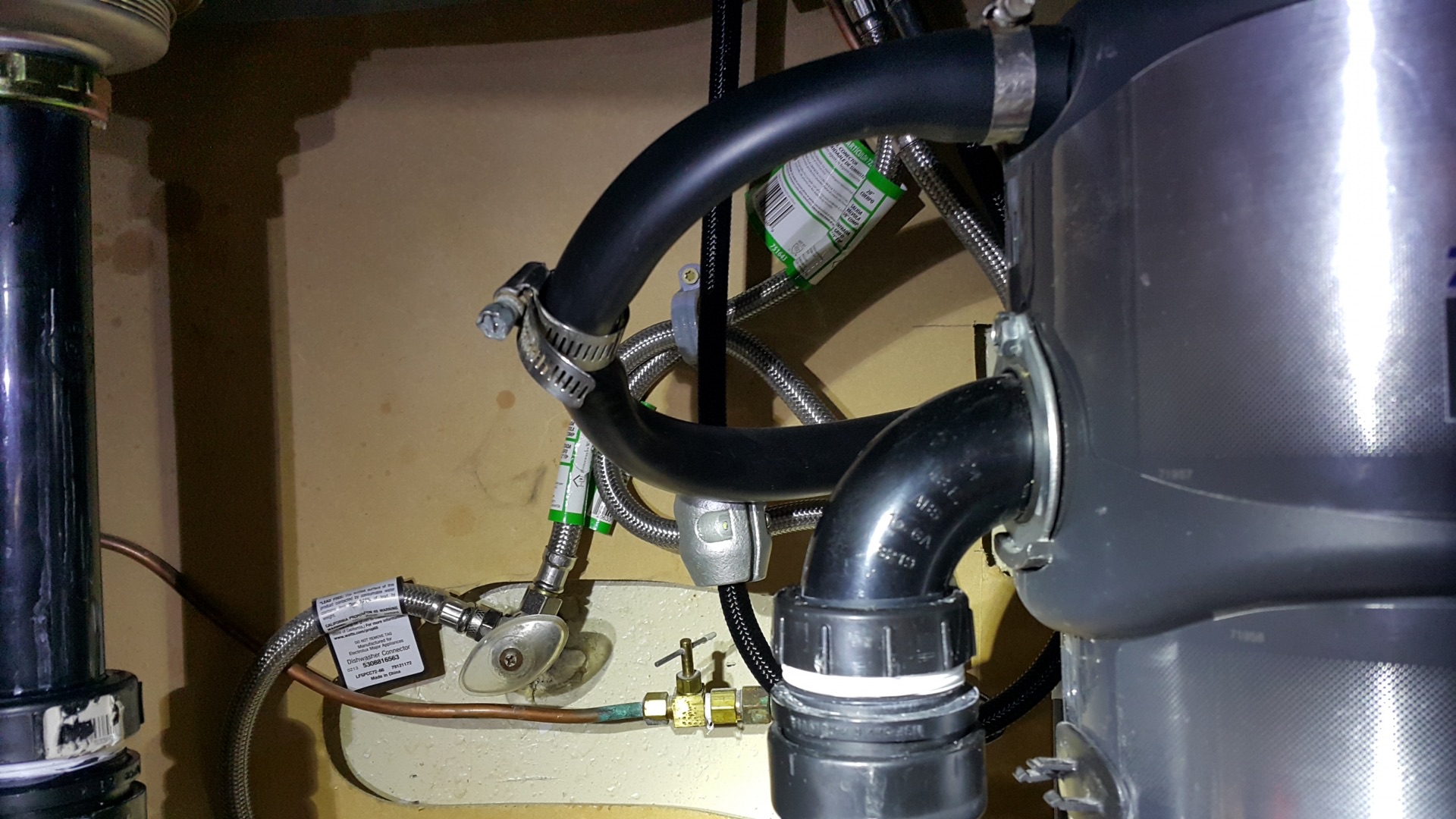

Articles
How To Install Air Gap For Dishwasher
Modified: August 31, 2024
Learn how to install an air gap for your dishwasher with our informative articles. Get step-by-step instructions and helpful tips to ensure proper installation.
(Many of the links in this article redirect to a specific reviewed product. Your purchase of these products through affiliate links helps to generate commission for Storables.com, at no extra cost. Learn more)
Introduction
Welcome to this comprehensive guide on how to install an air gap for your dishwasher. If you have recently purchased a dishwasher or are in the process of remodeling your kitchen, installing an air gap is an important step to consider. An air gap is a vital component of your dishwasher’s plumbing system that helps prevent the backflow of wastewater into your dishwasher and ultimately into your clean dishes.
In this article, we will explain what an air gap is, why it is essential, the tools and materials you will need for the installation, and provide you with a step-by-step guide to help you successfully install an air gap for your dishwasher.
So, let’s dive in and learn how to safeguard your dishwasher and maintain the cleanliness of your kitchen with the installation of an air gap.
Key Takeaways:
- Installing an air gap for your dishwasher is crucial for preventing backflow, meeting plumbing regulations, and safeguarding your family’s health. Follow the step-by-step guide for a safe and clean kitchen environment.
- Regular testing and maintenance of the air gap are essential to ensure its proper functioning. Troubleshoot common issues such as leaks, odors, and drainage problems to keep your dishwasher and plumbing system in top condition.
Read more: What Is An Air Gap For A Dishwasher
What is an air gap for a dishwasher?
An air gap is a device that is installed in the dishwasher’s drain line to prevent any backflow of wastewater into the dishwasher. It creates a physical break between the dishwasher and the sink’s plumbing system, ensuring that dirty water does not contaminate the clean dishes.
The air gap consists of three main components: the dishwasher inlet, the garbage disposal port, and the vertical air gap. The dishwasher inlet connects to the dishwasher drain hose, while the garbage disposal port connects to the sink’s drain. The vertical air gap is the central component that allows air to flow into the system, preventing any potential siphoning or backflow.
The basic principle behind the functionality of an air gap is simple. When the dishwasher is running, it pumps out the wastewater into the drain hose. The force of the water creates a suction, which can potentially cause a backflow of dirty water from the sink’s drain back into the dishwasher. However, with the presence of the air gap, any backflow is interrupted as the water flows up the vertical pipe and into the sink, preventing contamination of the dishwasher and its contents.
Not only does an air gap guard against the backflow of dirty water, but it also acts as an indicator if there is a problem with the drainage system. If you notice water spouting from the air gap during the dishwasher cycle, it could indicate a clog or blockage further down the drain line.
Overall, an air gap is a crucial component of a dishwasher’s plumbing system, ensuring the safety and cleanliness of your kitchen. By installing an air gap, you can have peace of mind knowing that your dishwasher will operate efficiently and your dishes will be thoroughly cleaned without the risk of contamination.
Why is an air gap important?
An air gap is not just a recommended accessory for your dishwasher; it is a necessary component to ensure the proper functioning and safety of your plumbing system. Here are a few key reasons why an air gap is important:
- Prevents contamination: The primary purpose of an air gap is to prevent the backflow of dirty water from the sink and garbage disposal into the dishwasher. Without an air gap in place, there is a risk of cross-contamination, where food particles and bacteria from the sink can make their way into your clean dishes, posing a health hazard. The air gap acts as a barrier, ensuring that only clean, treated water flows into the dishwasher.
- Meets plumbing codes and regulations: Many local building codes and plumbing regulations mandate the installation of an air gap for dishwashers. These regulations are in place to protect public health and safety, as well as to tackle water pollution issues. By complying with these codes, you are not only ensuring the proper functioning of your dishwasher but also adhering to legal requirements.
- Insurance requirements: Some insurance policies require the installation of an air gap for dishwashers as a condition of coverage. The presence of an air gap can minimize the risk of potential water damage incidents caused by backflow or a malfunctioning dishwasher. Make sure to check your insurance policy to see if an air gap is necessary for coverage.
- Prevents drain clogs: In some cases, a dishwasher’s drain hose can inadvertently become clogged or blocked with food particles or debris. With an air gap in place, any potential clogs or blockages are more likely to occur at the visible air gap rather than further down in the plumbing system. This makes it easier to identify and address the issue without extensive plumbing work.
- Reduces the risk of foul odors: Without an air gap, stagnant water can accumulate in the dishwasher’s drain line or the sink’s drain, leading to unpleasant odors. The air gap allows for proper ventilation and helps prevent the buildup of odor-causing bacteria, keeping your kitchen smelling fresh.
Overall, an air gap is a crucial component for maintaining the integrity of your plumbing system and ensuring the safety of your dishwasher. By installing an air gap, you can protect your family’s health, comply with local regulations, and minimize the risk of potential water-related damage to your home.
Tools and materials required for installing an air gap
Before you begin the installation process, it is essential to gather all the necessary tools and materials. Here is a list of what you will need:
- Adjustable wrench
- Plumber’s tape (Teflon tape)
- Phillips screwdriver
- Hacksaw or PVC pipe cutter
- Tubing cutter or utility knife
- Measuring tape
- PVC glue
- PVC pipe fittings (if required for your specific installation)
- Air gap kit (available at hardware or home improvement stores)
When purchasing the air gap kit, make sure to check with the manufacturer or consult your dishwasher’s user manual for the specific requirements. The kit should include the necessary components such as the air gap body, the dishwasher inlet, the garbage disposal port, and any additional accessories.
Additionally, ensure that you have access to the appropriate plumbing connections, such as the sink drain, garbage disposal, and dishwasher drain line. Depending on your existing plumbing setup, you may need to purchase additional PVC pipe fittings or extensions to properly connect the air gap components.
It is important to note that the specific tools and materials required may vary based on your dishwasher model, existing plumbing configuration, and personal preference. Double-check the instructions provided with your air gap kit and consult with a professional if you have any concerns or questions.
By having all the necessary tools and materials ready before you start the installation process, you can ensure a smoother and more efficient experience. Proper preparation will help you avoid unnecessary interruptions and delays, allowing you to complete the installation successfully.
When installing an air gap for a dishwasher, make sure to place it at least 2 inches above the sink drain to prevent backflow. It should also be easily accessible for maintenance.
Step-by-step guide to installing an air gap for a dishwasher
Now that you have gathered all the necessary tools and materials, it’s time to begin the installation process. Follow these step-by-step instructions to install an air gap for your dishwasher:
- Start by turning off the power to your dishwasher. Locate the circuit breaker or fuse that controls the dishwasher’s power supply and switch it off to ensure safety during the installation process.
- Next, locate the sink’s drain line and find a suitable location for the air gap. Most commonly, the air gap is installed on the kitchen sink countertop or the sink ledge. Choose a location that is easily accessible and conveniently located.
- Measure the distance between the sink’s drain line and the top of the countertop. This measurement will help determine the length of the vertical pipe for the air gap.
- Using a hacksaw or PVC pipe cutter, cut a section of PVC pipe based on the previously obtained measurement. This piece will serve as the vertical pipe for the air gap.
- Apply plumber’s tape (Teflon tape) to the threads of the dishwasher inlet and the garbage disposal port. This will help create a tight seal and prevent leaks.
- Connect the dishwasher inlet to the dishwasher drain hose using an adjustable wrench. Ensure that it is securely tightened to prevent any water leakage.
- Connect the garbage disposal port to the sink’s drain line using an adjustable wrench. Again, make sure to tighten it properly to avoid any potential leaks.
- Insert one end of the cut PVC pipe into the dishwasher inlet and the other end into the garbage disposal port. Use PVC glue to secure the connections, following the manufacturer’s instructions.
- Place the air gap body in the chosen location on the countertop or sink ledge. Ensure that it is positioned straight and level.
- Connect one end of the PVC pipe from the dishwasher inlet to the air gap body and secure it using PVC glue or pipe fittings if necessary.
- Connect the other end of the PVC pipe from the garbage disposal port to the air gap body, again using PVC glue or pipe fittings if needed.
- Double-check all the connections to ensure they are secure and tight. Make any necessary adjustments or re-tighten if required.
- Turn on the water supply to the dishwasher and the power to the dishwasher at the circuit breaker or fuse box.
Once you have completed these steps, you have successfully installed an air gap for your dishwasher. Test the air gap by running the dishwasher and observing if water flows out of the air gap into the sink. This indicates that the air gap is functioning correctly and preventing any backflow.
If you encounter any issues during the installation process or notice any leaks or abnormalities in the functioning of the air gap, it is advisable to consult a professional plumber for assistance.
Congratulations! You have now installed an air gap for your dishwasher, ensuring the safety and cleanliness of your kitchen plumbing system.
Read also: 11 Amazing Dishwasher Air Gap for 2025
Testing the air gap
Once you have successfully installed the air gap for your dishwasher, it is important to test its functionality to ensure that it is working properly. By conducting a simple test, you can verify if the air gap is effectively preventing any backflow of wastewater.
Here are the steps to test the air gap:
- Ensure that the dishwasher is empty and all dishes have been removed.
- Turn on the water supply to the dishwasher and start a regular wash cycle.
- Observe the air gap during the wash cycle. You should see a steady stream of water flowing out of the air gap and into the sink.
- If you notice any water backing up from the sink drain into the air gap, there may be an issue with the air gap’s installation or a blockage in the plumbing system.
- In such cases, it is advised to turn off the dishwasher and consult a professional plumber to address the problem. They will be able to identify and rectify any issues with the air gap.
- After the test, turn off the dishwasher and ensure that the water flow from the air gap has stopped completely.
It is important to perform this test periodically to ensure that the air gap is functioning as intended. Regular checks can help you identify any potential problems or deficiencies in the air gap system and take corrective measures promptly.
In some cases, you may also notice an occasional release of air through the air gap during the dishwasher cycle. This is normal and indicates that the air gap is working effectively to prevent siphoning or backflow of water.
By following these steps and conducting regular tests, you can have confidence in the proper functioning of the air gap, ensuring the protection of your dishwasher and the cleanliness of your dishes.
Troubleshooting common issues with the air gap
While the installation of an air gap for your dishwasher is essential for maintaining the integrity of your plumbing system, there may be instances where you encounter issues or disruptions with its functionality. Here are some common problems that you may face and potential troubleshooting steps to resolve them:
- Water leaking from the air gap: If you observe water leaking from the air gap, check the connections between the dishwasher inlet, garbage disposal port, and the air gap body. Ensure that all connections are secure and tightened properly. You may need to apply additional plumber’s tape or reseal the connections with PVC glue.
- Slow drainage from the dishwasher: If you notice that your dishwasher is not draining properly, check for any blockages in the air gap or the dishwasher drain hose. Clear away any debris or food particles that may be obstructing the flow. Additionally, inspect the garbage disposal and sink drain for any clogs that may affect the drainage process.
- Unpleasant odors from the air gap: If you experience foul odors emanating from the air gap, it could be a sign of bacteria buildup or stagnant water. Remove the air gap cover and clean it thoroughly with warm water and dish soap. Additionally, use a cleaning brush or pipe cleaner to clean the inside of the air gap body. Regular cleaning maintenance can help eliminate odors and maintain proper functionality.
- Water backup into the dishwasher: If water flows back into the dishwasher, it may indicate a clog or obstruction in the plumbing system. Check the dishwasher drain hose for any bends, kinks, or blockages. Clear away any obstructions and ensure that the drain hose is installed properly without any restrictions.
- No water flowing out of the air gap: If you do not see any water flow from the air gap during the dishwasher cycle, it could indicate a blockage or a malfunctioning air gap. Check the connections and ensure that there are no clogs obstructing the flow. If the problem persists, it is advisable to consult a professional plumber to diagnose and resolve the issue.
If you encounter any other issues or are unable to resolve the problem on your own, seek assistance from a professional plumber. They have the expertise to identify and fix any underlying issues with the air gap and ensure the proper functioning of your dishwasher and plumbing system.
Remember to perform regular maintenance checks and inspections to keep the air gap in good working condition. By addressing issues promptly and taking proper care of the air gap, you can ensure a clean and safe kitchen environment.
Conclusion
Installing an air gap for your dishwasher is not only a necessary step to ensure the safety and cleanliness of your kitchen, but it is also a requirement in many plumbing codes and regulations. By preventing backflow and cross-contamination, an air gap plays a crucial role in maintaining the integrity of your dishwasher and the quality of your dishes.
In this comprehensive guide, we have covered the importance of an air gap, the tools and materials required for installation, and provided a step-by-step guide to help you successfully install an air gap for your dishwasher. We have also discussed the importance of testing the air gap and troubleshooting common issues that may arise.
Remember, proper installation and maintenance of the air gap are essential for its effective functioning. Regularly inspect the air gap, clean it as needed, and check for any leaks or blockages. If you encounter any issues that you cannot resolve on your own, do not hesitate to seek assistance from a professional plumber.
By installing an air gap and following the procedures outlined in this guide, you can have peace of mind knowing that the dishwasher’s wastewater is being safely and efficiently drained. This will help you maintain a hygienic kitchen environment and ensure that your dishes are thoroughly cleaned without any risk of contamination.
Thank you for reading, and we hope that this article has provided you with the knowledge and confidence to install an air gap for your dishwasher. Enjoy the convenience and peace of mind that comes with a properly functioning and protected dishwasher!
Ready to tackle more around your house? Dive into our guide on DIY home improvement, where you'll pick up practical skills and creative ideas to transform your space efficiently. Next, don't miss out on our essential tips in home maintenance, ensuring your home stays in top shape year-round. These articles are packed with easy-to-follow advice that will not only save you money but also keep your home looking great.
Frequently Asked Questions about How To Install Air Gap For Dishwasher
Was this page helpful?
At Storables.com, we guarantee accurate and reliable information. Our content, validated by Expert Board Contributors, is crafted following stringent Editorial Policies. We're committed to providing you with well-researched, expert-backed insights for all your informational needs.
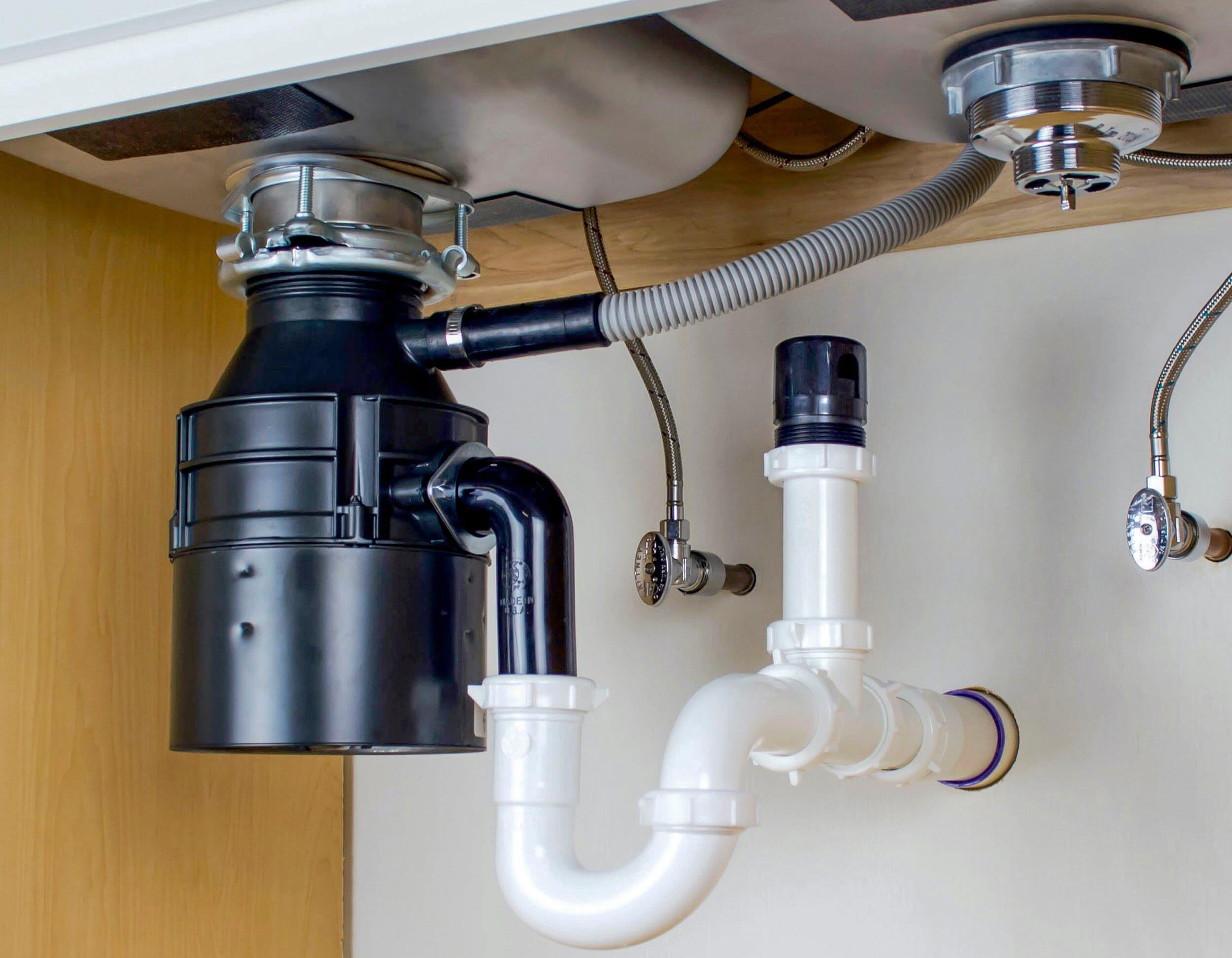

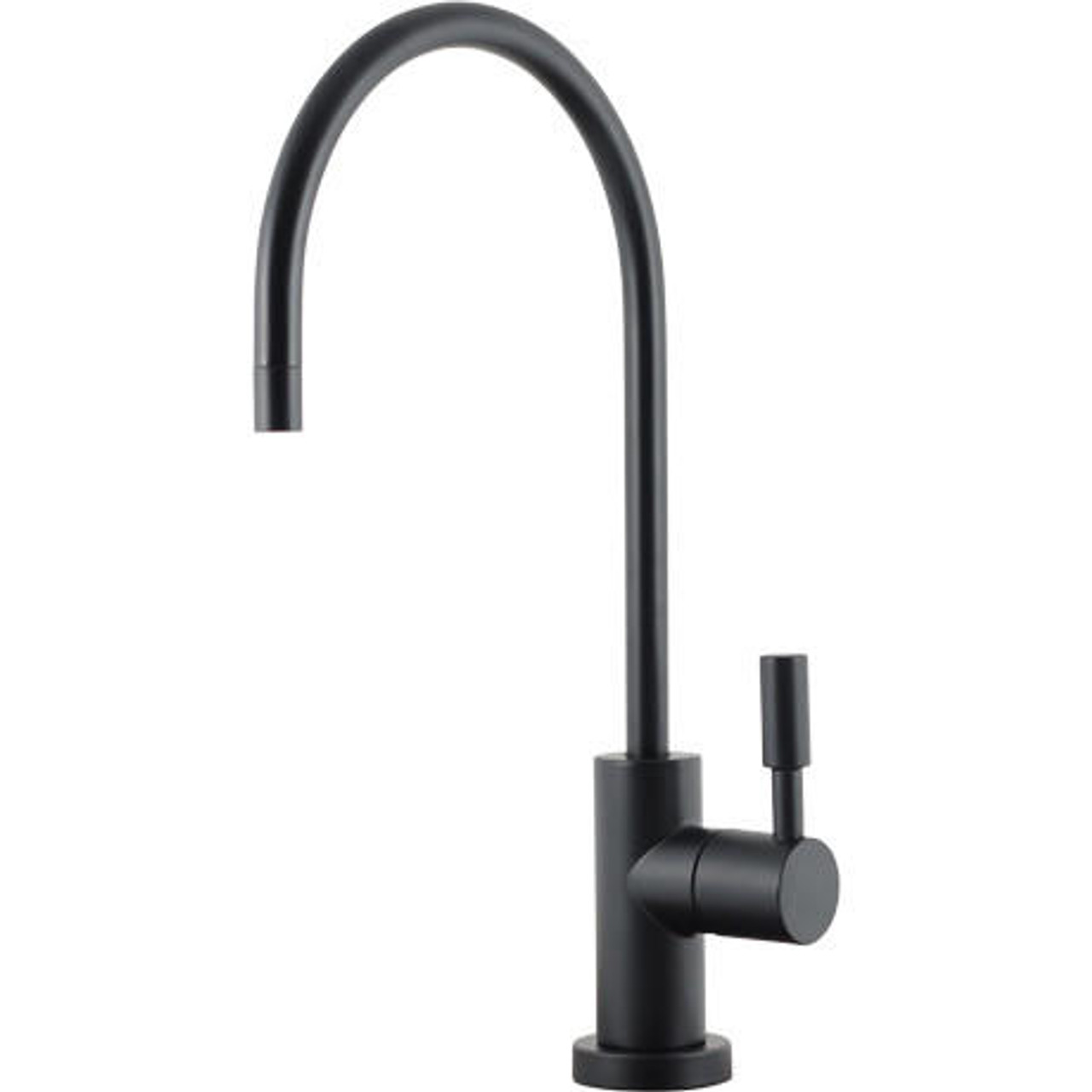
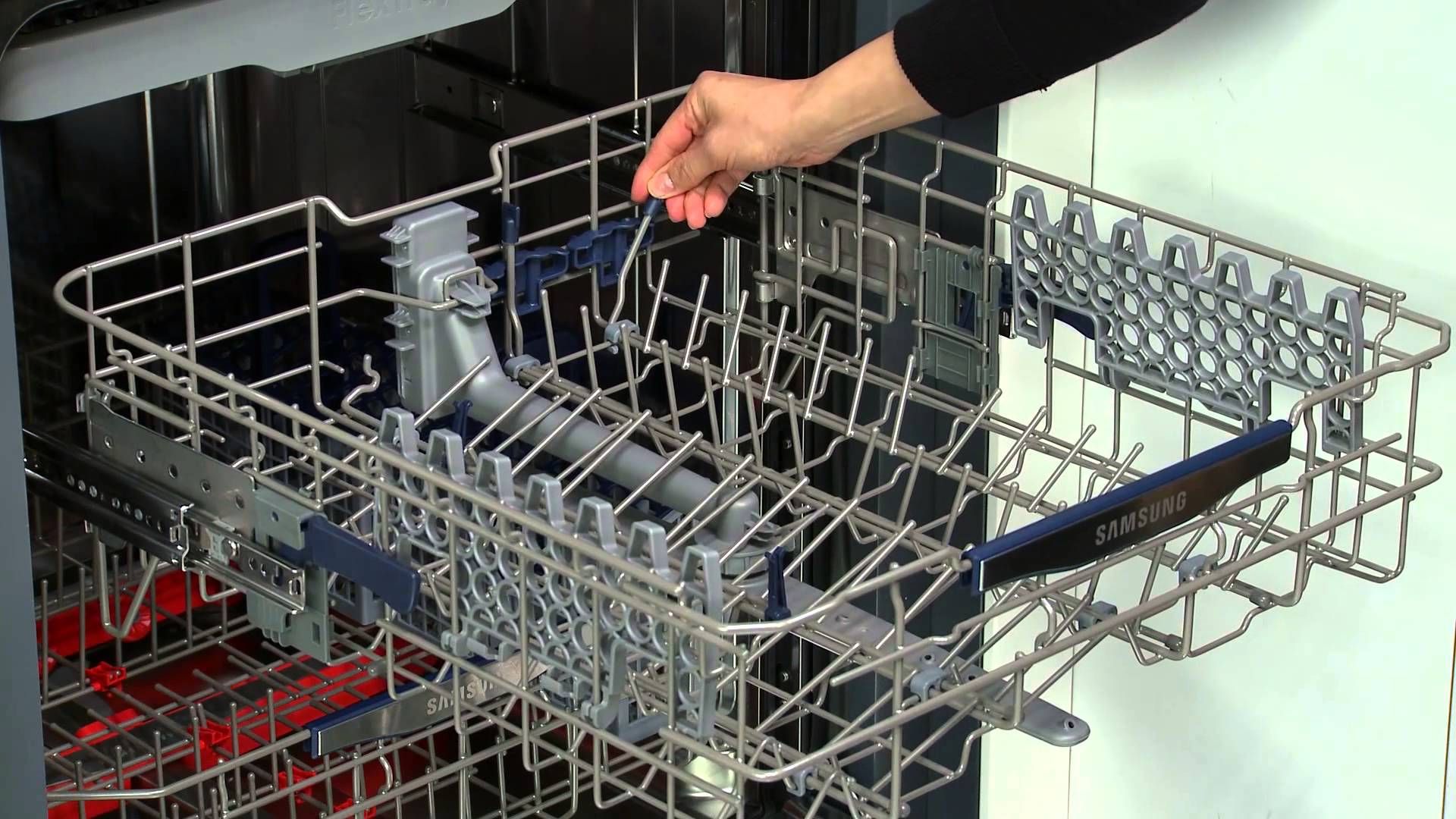
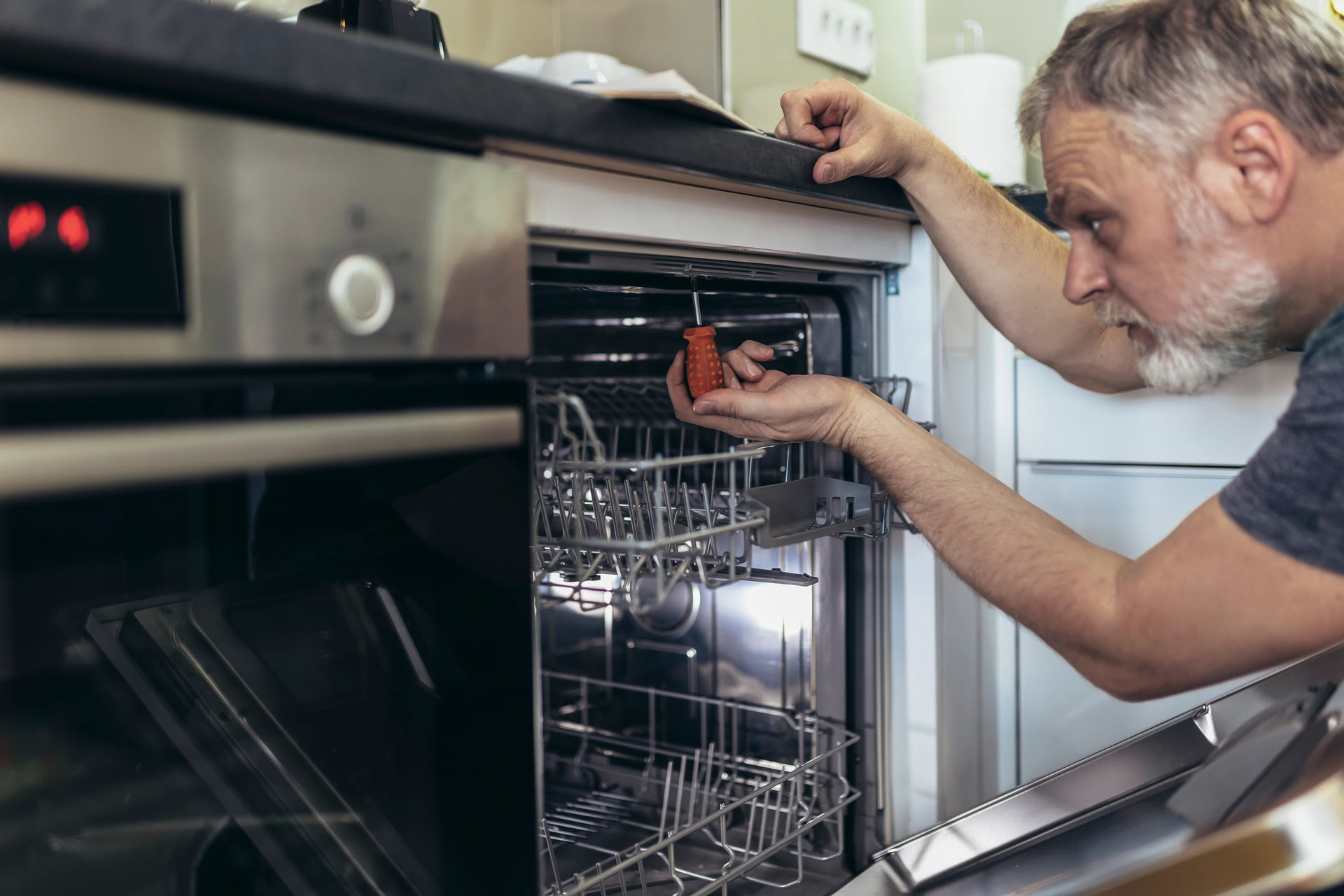
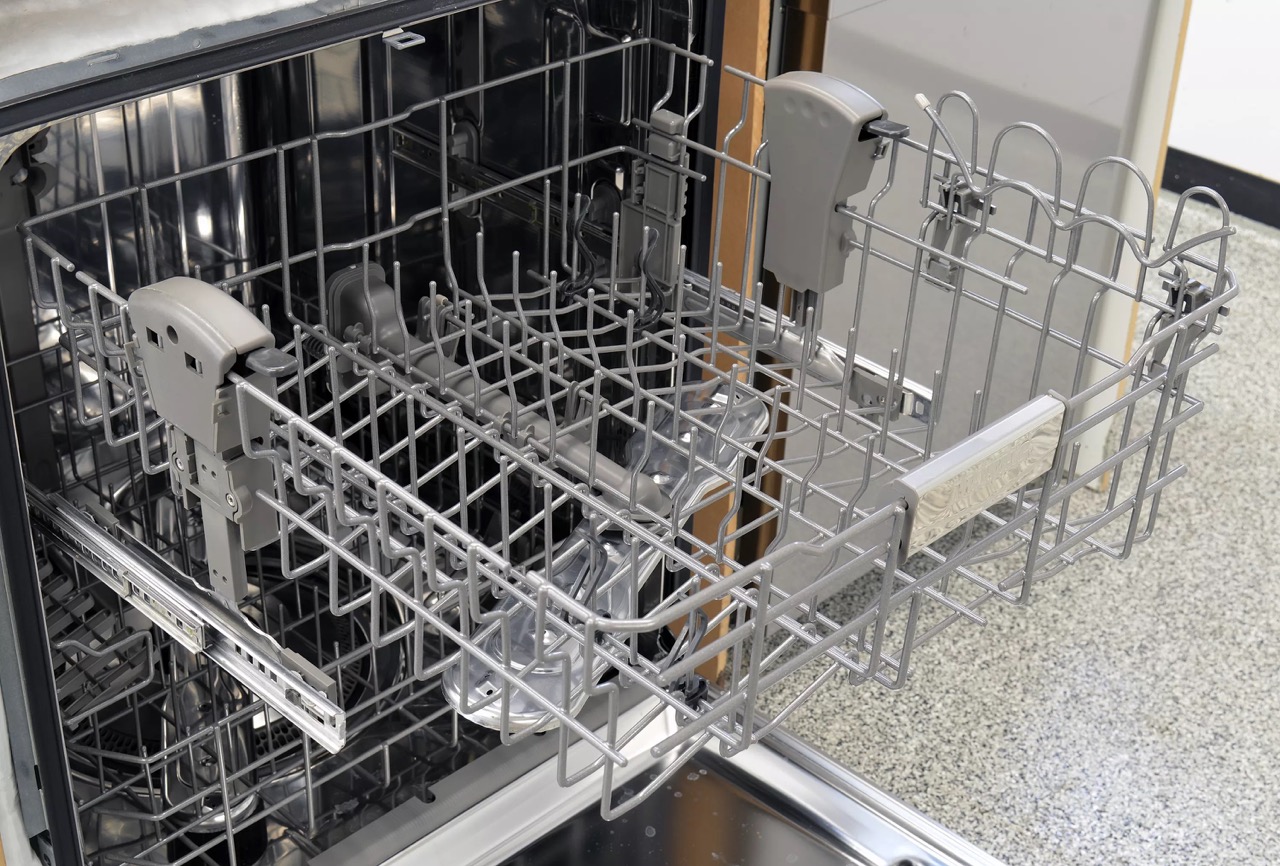
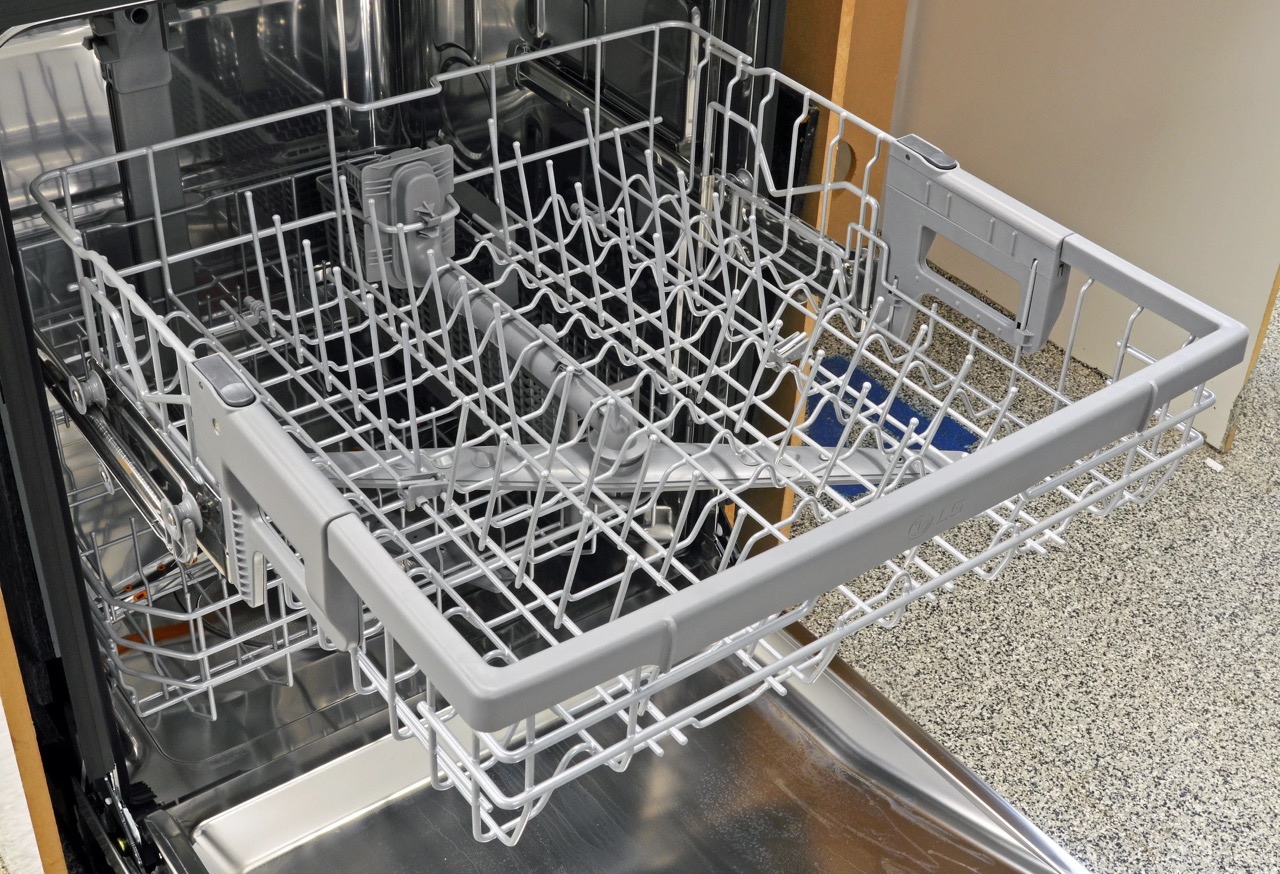
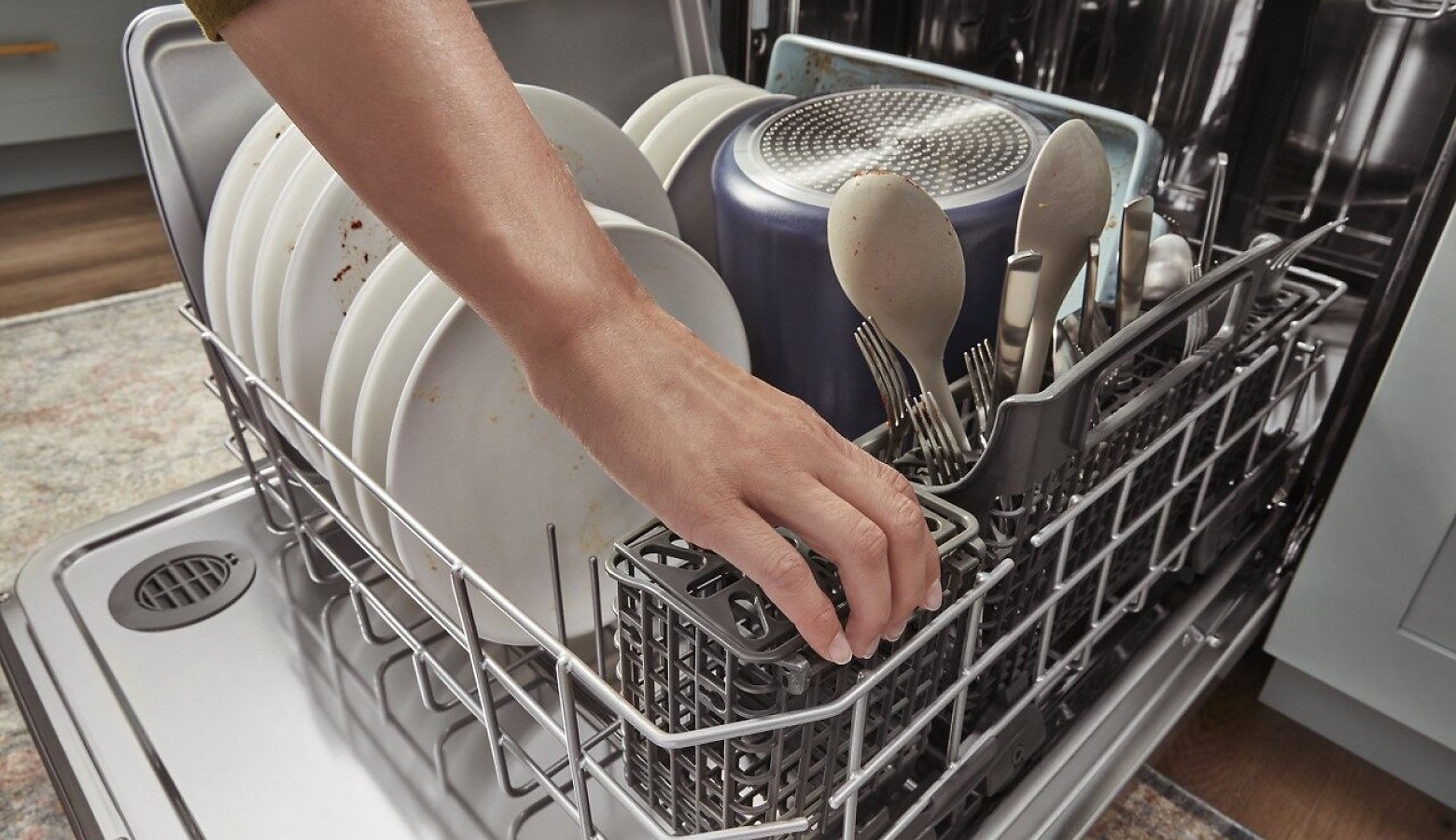
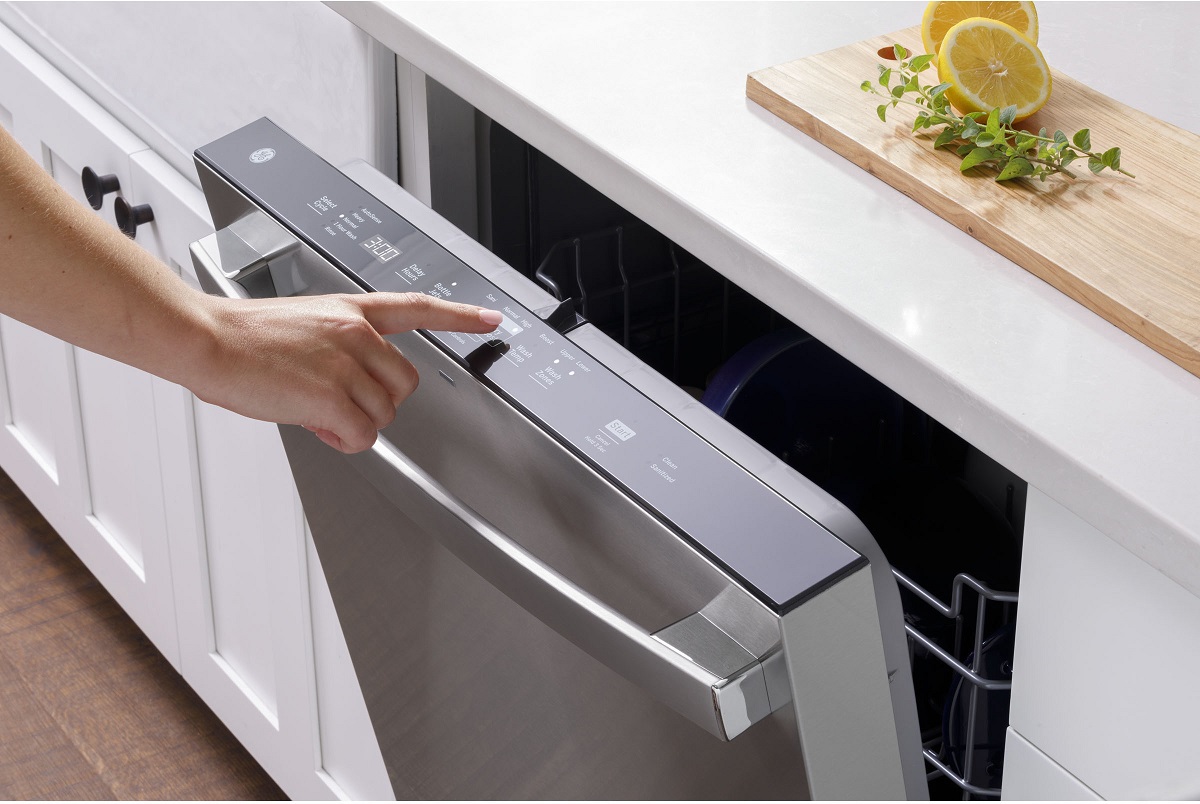
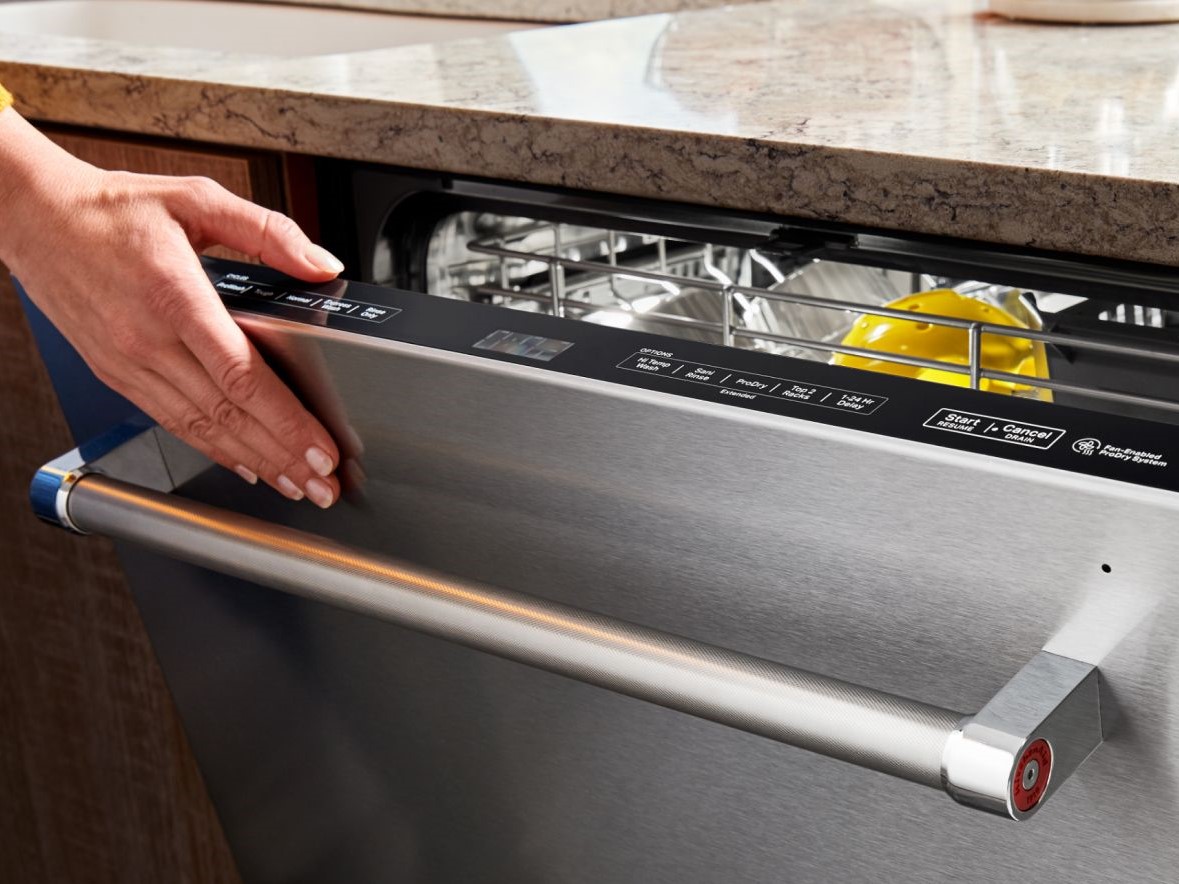
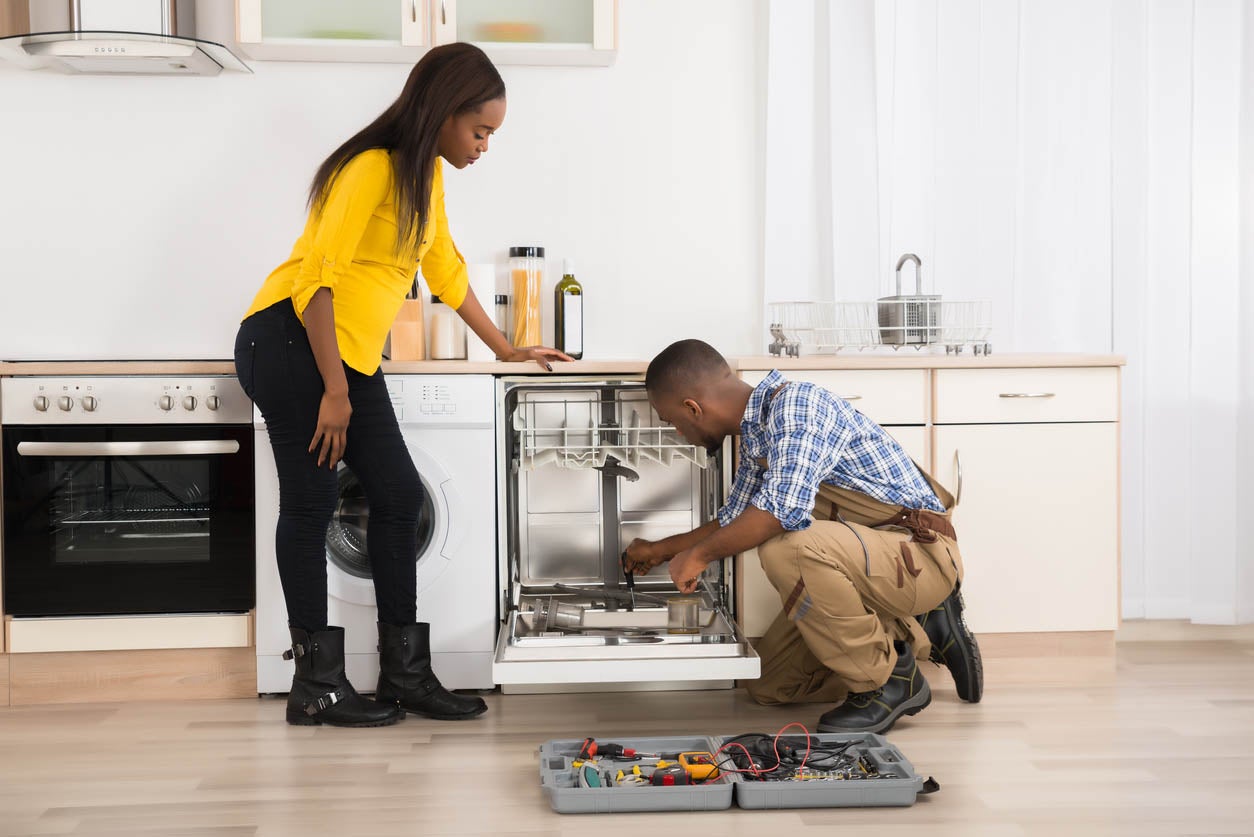
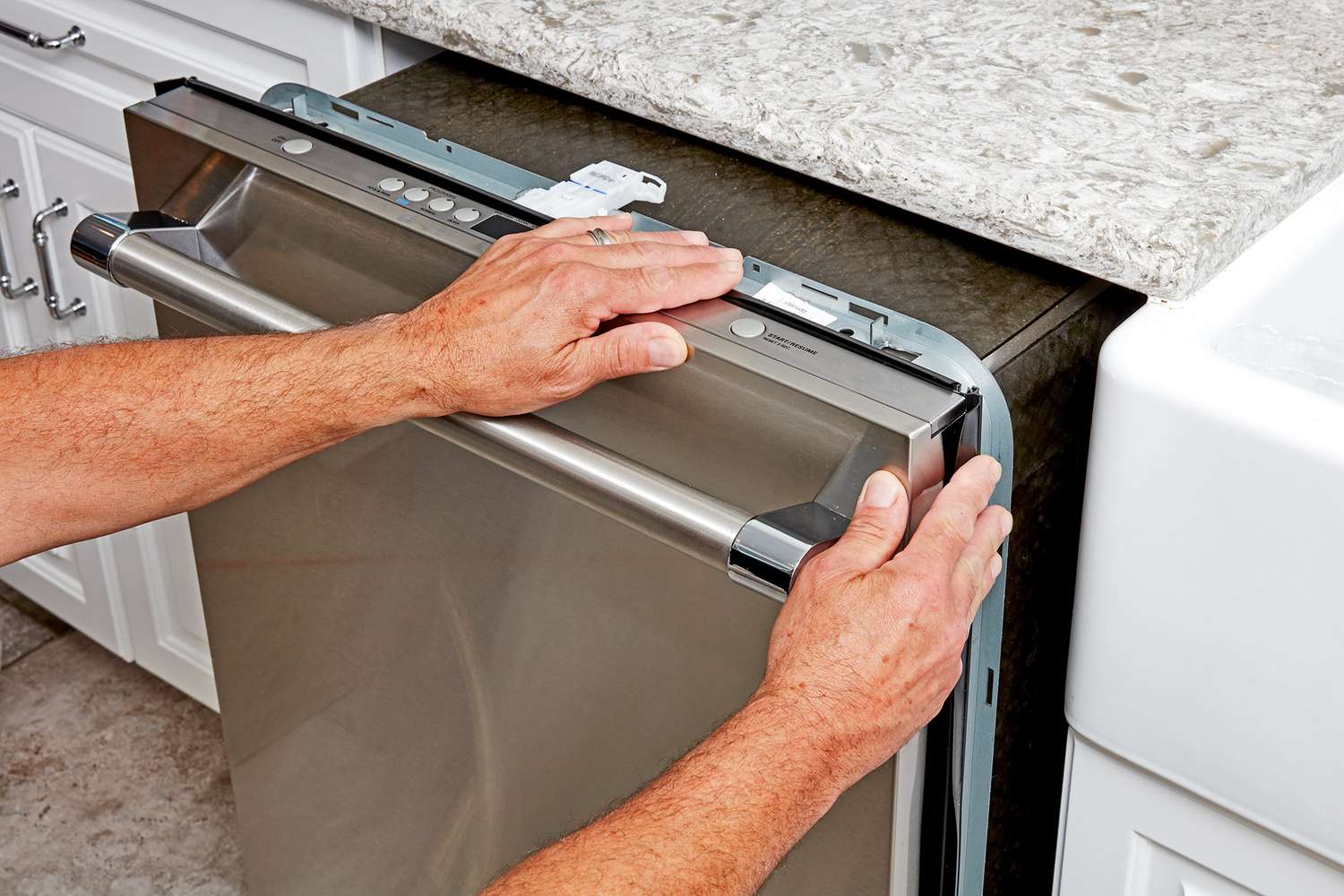
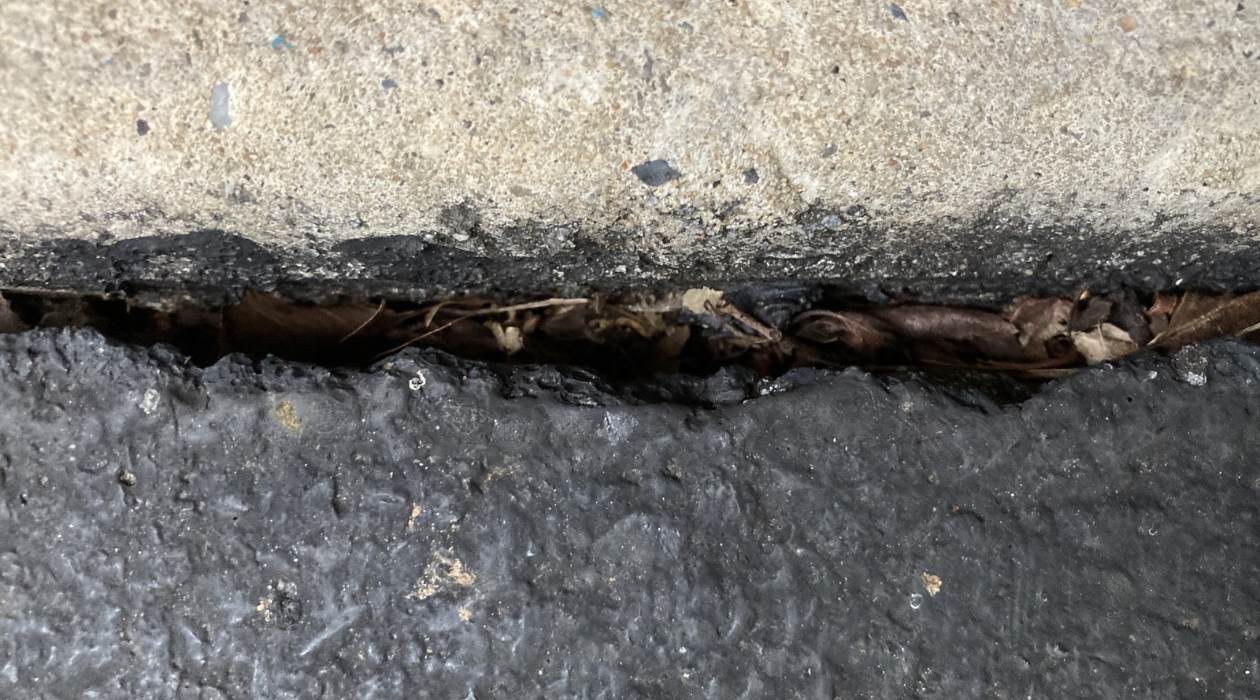
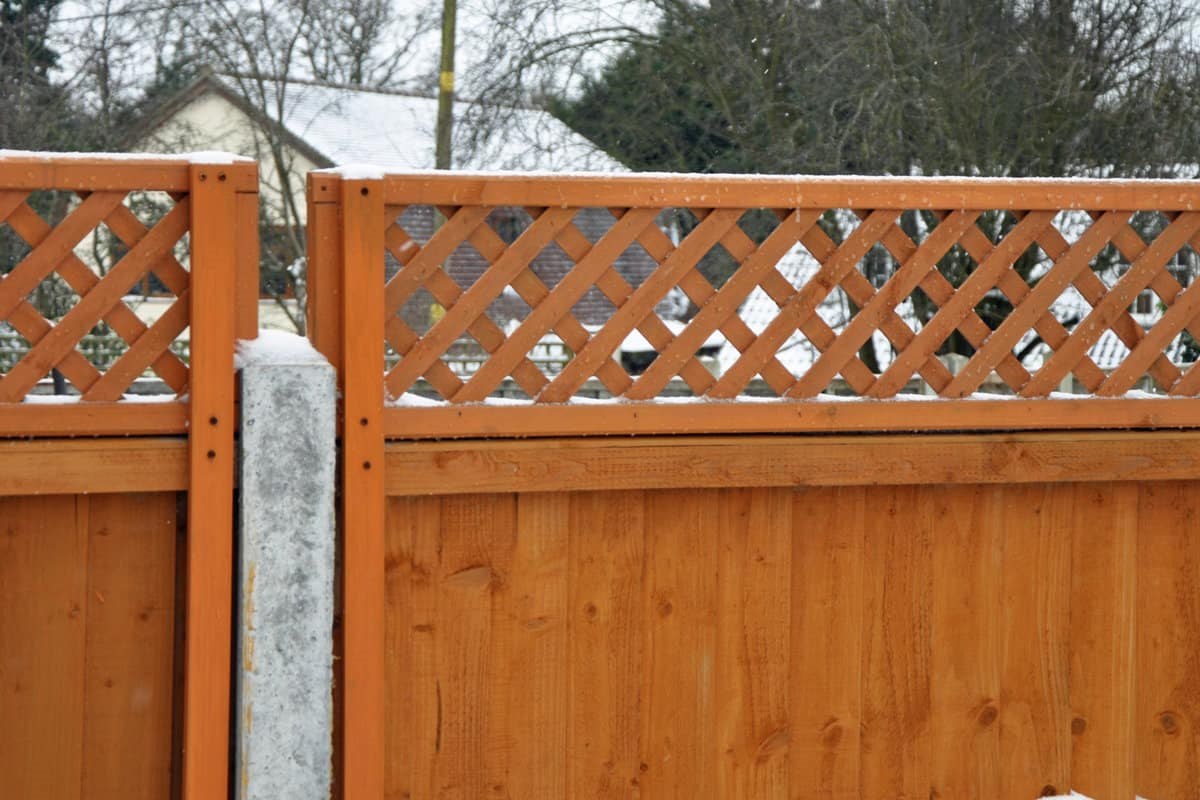

0 thoughts on “How To Install Air Gap For Dishwasher”